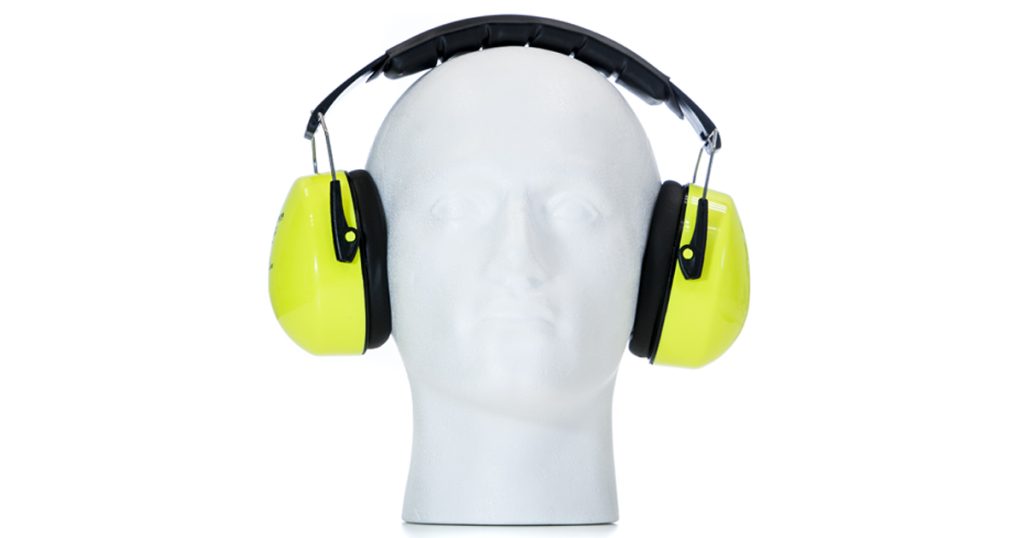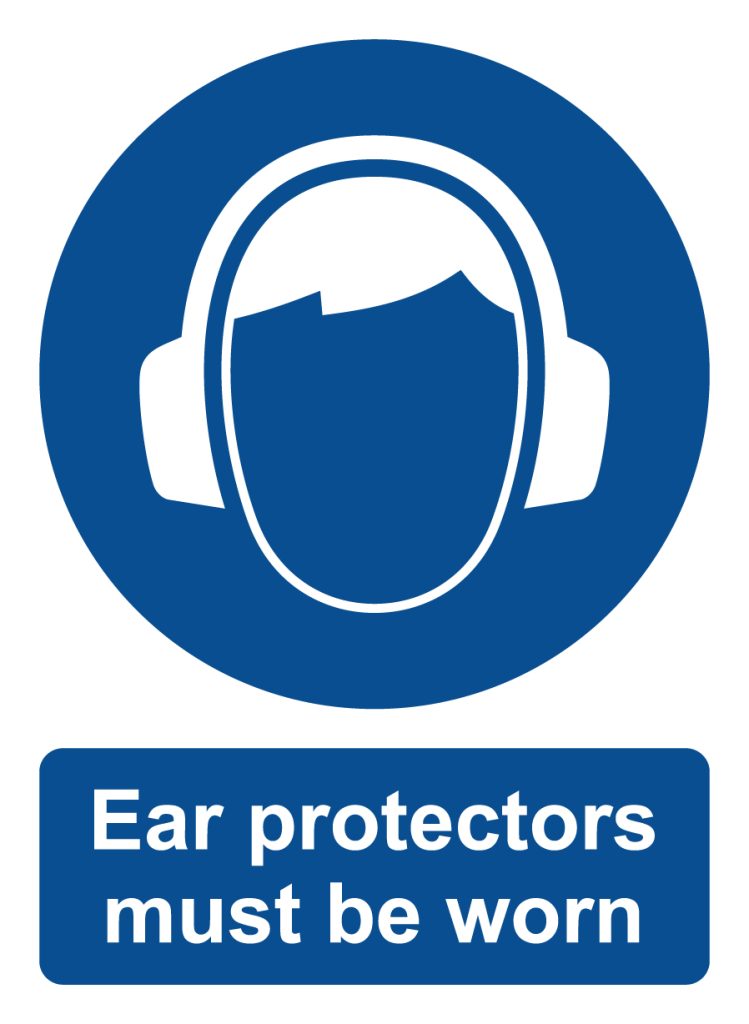- Products
- Services
- Our Story
- Resources
- Innovation Hub
- Sectors
- Sustainability
- Contact Us
According to The Control of Noise at Work Regulations 2005 – which covers all industry sectors in Great Britain – the exposure level at which employers need to provide ear protection and hearing protection is a daily or weekly personal noise exposure of 85 dB. There is also a maximum exposure limit of 87 dB, which is about the noise level produced by a hand-held drill. Employees must not be exposed to this noise level at any point, we’ll cover the health effects of this later in the article.
The regulations also state that employers must assess the risk to workers’ health and provide them with information and training on noise exposure if their daily or weekly personal noise exposure reaches 80 dB. Of course the right ear protection also needs to be provided above a certain range.
If the exposure of an employee to noise varies from day-to-day, an employer should use weekly personal noise exposure in place of daily personal noise exposure for the purpose of compliance with the regulations. The appropriate hearing protection should be worn. The Health and Safety Executive (HSE) has very useful daily and weekly noise exposure calculators that you can use to work out your employees’ noise exposure levels.
Even if ear protection is being used it must provide enough protection to reduce the employee’s noise exposure to meet the regulations. Not all PPE products you can buy meet industry standards. All of BETAFIT’s PPE ear protection and hearing protection meets and in most cases even exceeds approved standards to not only achieve the minimum level of protection but the ideal level.
Exposure to high noise levels can have detrimental physical and mental health effects. These negative health effects can be caused by one very loud noise or consistent exposure to high noise levels. Ear protection is essential to keep workers safe and healthy in the workplace.
According to the Institution of Occupational Safety and Health (IOSH), the adverse effects of exposure to high levels of occupational noise include hearing impairment, hearing loss, tinnitus, harmful effects on any pregnant worker’s unborn child, increased blood pressure, and increased stress levels. A study by medical professionals at the University Medical Center of the Johannes Gutenberg University even links exposure to high noise levels with anxiety and depression. This really goes to show the importance of wearing the correct level of ear protection.
IOSH also says that high noise levels can increase the likelihood of accidents on-site. This is because it can distract workers, make it harder for them to hear and understand instructions correctly, mask the sound of approaching danger and warning signals, and contribute to irritation and annoyance, which can consequently lead to mistakes. Therefore, it is important to make sure you take this into account when assessing the risks in your workplace, as these risks may include things you can’t hear as well as things you can’t see. It is always good to analyse these finer details before deciding which ear protection to choose.
BETAFIT’s NOiSEBETA hearing protection range features some of the best ear protection you can find, including disposable and reusable earplugs, banded earplugs, and fully enclosing protective ear defenders that are all tested to the highest standards in accordance with relevant health and safety legislation.
If your employees work in or spend an extended period of time in an environment with high noise levels you should either find a way to reduce the noise levels or – if that’s not possible – supply PPE to make sure you are compliant with national regulations. Failure to comply could lead to a heavy fine. Examples of people who may need ear protection include:
To give you an idea of how this would work in practice, here are the maximum noise levels for different occupational activities.

To choose the right ear protection you must first work out your employees’ daily or weekly noise exposure. To do this you need to measure the noise level of each task they perform and how much time they spend on that task, then enter this information into a daily noise exposure calculator
If an employee’s daily noise exposure varies significantly then you should work out their noise exposure for each day and enter that information into a weekly noise exposure calculator. The best way to measure noise levels is to use a professional decibel meter.
Once you have worked out the daily or weekly noise exposure you need to work out what single number rating (SNR) is required to stay compliant with The Control of Noise at Work Regulations 2005. SNR is a specification used to determine protection levels given by all ear protection and provides an easy reference to compare the different types. The higher the SNR level the more protection the product gives in a noisy environment.
Here are the SNRs required to remain compliant at various noise levels.
| Noise Level | Minimum SNR | Ideal SNR | Maximum SNR |
| 85 dB | 5 | 9 – 14 | 18 |
| 90 dB | 10 | 14 – 19 | 23 |
| 95 dB | 15 | 19 – 24 | 28 |
| 100 dB | 20 | 24 – 29 | 33 |
| 105 dB | 25 | 29 – 34 | 38 |
| 110 dB | 30 | 34 – 39 | 43 |
You must select hearing protection so that daily exposure is reduced to below 85 dB. Ideally, aim for between 80 and 75 dB at the ear, which is the decibel level of a sound when it reaches a person’s ear, and avoid protectors resulting in less than 70 dB at the ear as this is ‘overprotection’ according to BS EN 458:2016.
An ‘ear protection zone’ sign signals that the noise levels in that particular area are too high for it to be safe to enter that zone without wearing the right equipment. Most commonly it will be a construction site or a shop floor that exceeds safe levels. To comply with UK regulations, the person responsible for health and safety in that location must put up this sign to ensure that workers, or pedestrians if it is a public area, are wearing ear protection.

If you see this sign in an area you need to access, you need to make sure you are wearing suitable PPE before entering.
BETAFIT manufactures high-quality and value for money ear protection. We focus on superior comfort and fit, class-leading performance, and total compliance, maintaining strong ethics and providing customers with support wherever needed
Get in touch with BETAFIT today, call us on 08455 444 000, email us at sales@betafit.com or fill out our online contact form.
This article was written by Russell Wade, Managing Director of BETAFIT PPE.